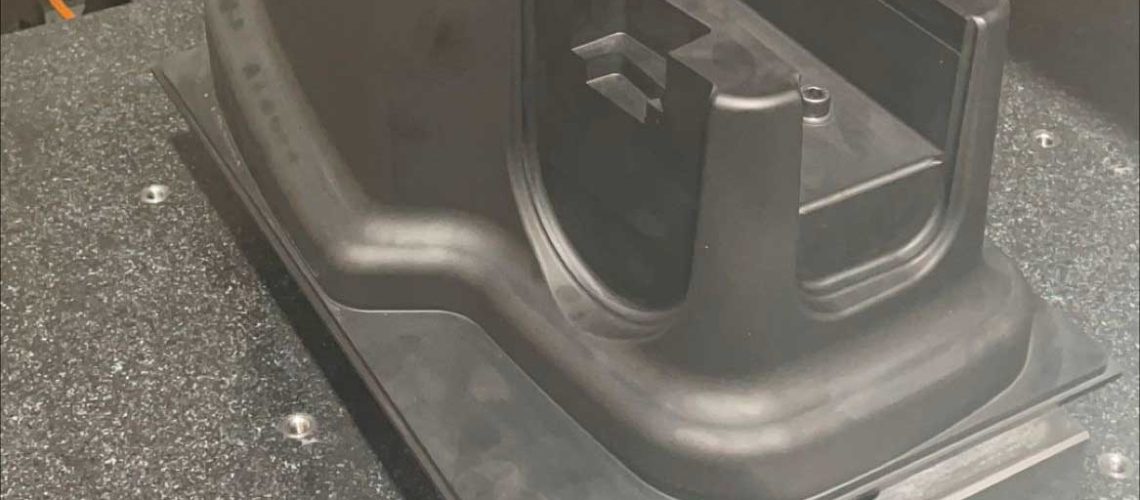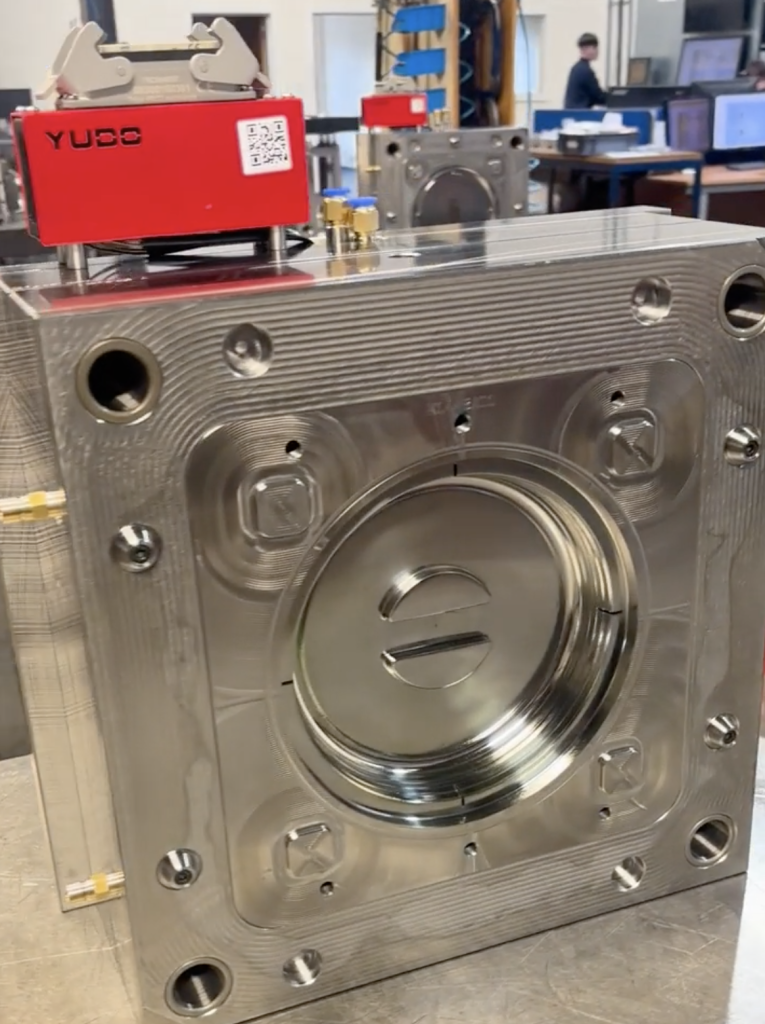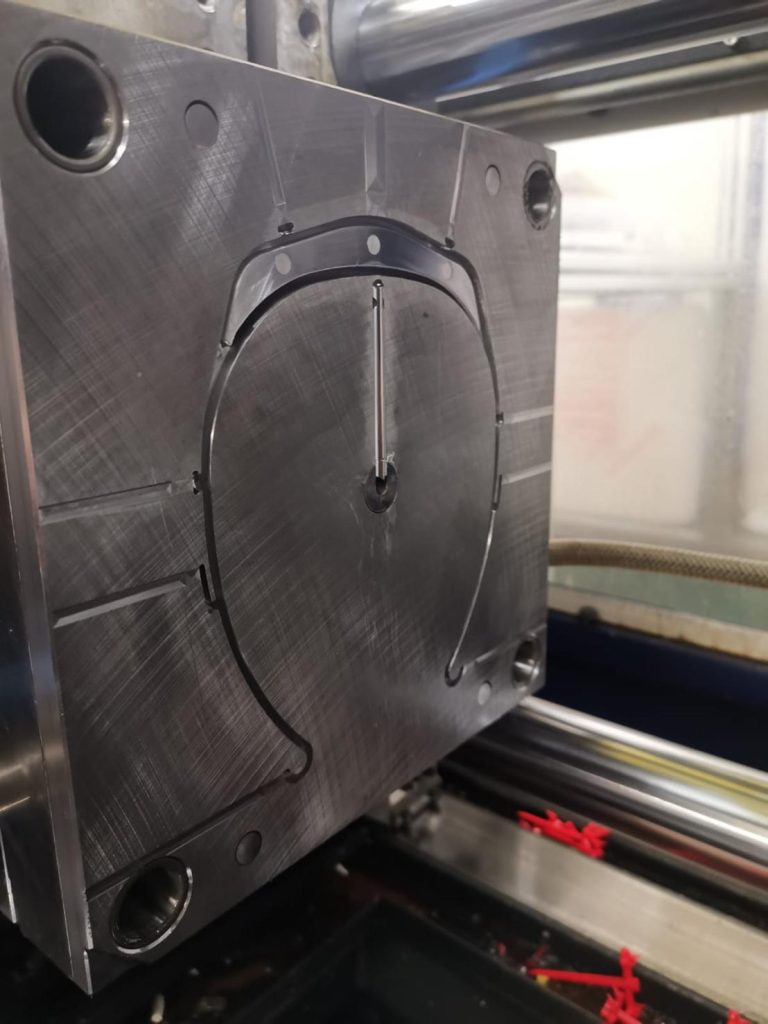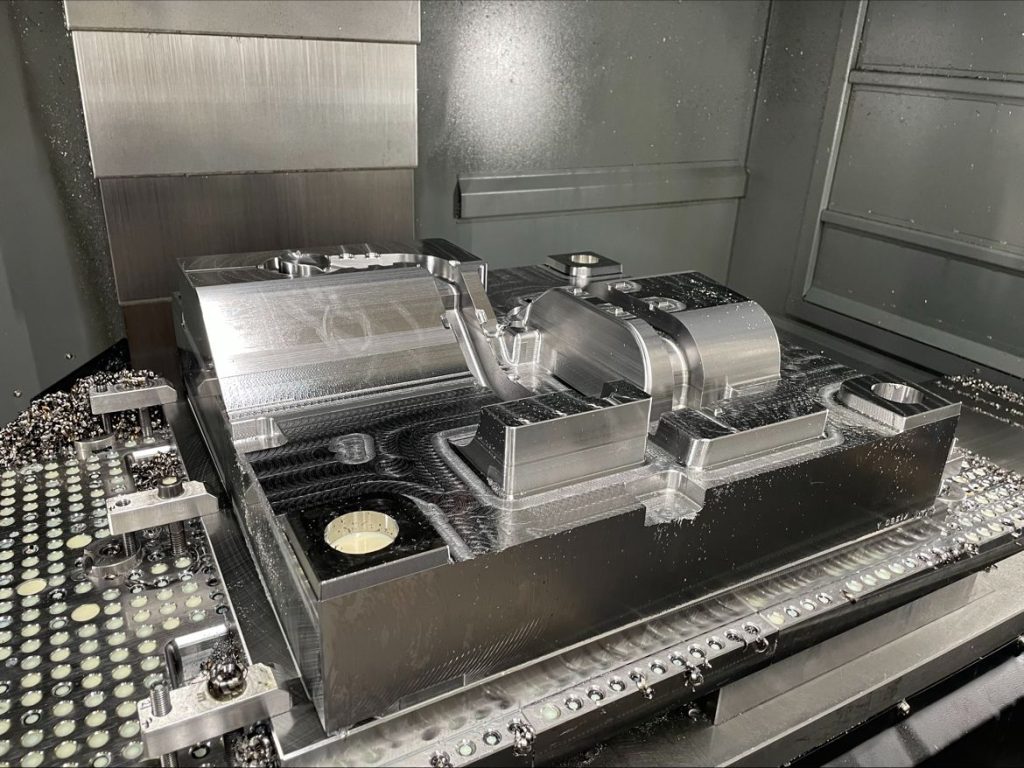Have you ever wondered how the plastic parts all around you are made? The plastic cups you drink from, the containers that store your food, and the casings for electronics are all manufactured using exact mould tools. Creating these mould tools is an art form and demands an obsessive attention to detail. As you’re about to discover, crafting complex plastic mould tools requires high-tech engineering, manual sculpting, and good old-fashioned patience.
The Art of Precision: An Introduction to Plastic Mould Tool Design
Designing a high-precision plastic mould tool is an art form that requires advanced skills, experience, and a meticulous eye for detail.
The Process
To craft a plastic mould tool, designers first meet with clients to determine the specific needs and parameters of the product. They then create 3D computer models and prototypes to visualise and perfect the design.
Once approved, the real work begins. Raw steel blocks are machined down using computer numerical control (CNC) machines and cutters to form the two halves of the mould tool – the core and the cavity. This process involves gradually shaving off layers of steel to achieve an accuracy of 0.001 inches or less, all while avoiding overheating the material.
When the cores and cavities are formed, technicians hand-finish the surfaces through polishing and texturing. They assemble the mould halves, insert components like cooling tubes, ejector pins, and gates, and ensure a precise fit and seal.
Before production, the mould undergoes testing and quality checks using scientific measurement equipment. Any adjustments are made to guarantee it will produce high volumes of dimensionally accurate parts.
Once complete, this meticulously crafted mould tool is ready to be used in injection moulding, where molten plastic is injected under high pressure into the mould to form complex plastic parts. A well-designed mould tool is essential for efficiency, quality, and minimising waste.
The artisans behind these precision tools are masters of their craft, honing skills over years of practice to achieve the minute tolerances and flawless finishes required in modern manufacturing. Their passion for precision and perfection makes mass production of plastic parts possible.
Advanced 3D Modeling and Simulation in Plastic Mould Tool Design
The real challenge begins once the design is finalised: translating a 3D CAD model into a precision tool that can produce hundreds of thousands of plastic parts, and this requires advanced 3D modelling and simulation to ensure the mould will work as intended.
Simulating the Injection Moulding Process
The 3D CAD model is imported into simulation software to simulate the injection moulding process; this allows engineers to simulate how the molten plastic will flow through the tool, predicting outcomes like shear stress, cooling time, and potential defects before any steel is cut.
The ideal gate locations, runner system designs, venting solutions, and other parameters can be determined by simulating different scenarios to optimise the tool design. Simulation also identifies any design changes needed to improve part quality and reduce cycle times, saving time and money.
Tool Path Generation
With the design finalised, the next step is generating the tool paths that will guide the CNC machines to cut the mould components with microscopic precision. Multiple programs are used to determine the specific paths, speeds, and cuts needed to achieve the intricate details of the design.
Any imperfections at this stage will be reproduced in every part the tool produces. So, tool paths are double and triple-checked to ensure absolute precision before the steel blocks are loaded into the CNC machines.
Advanced software and simulation, combined with a meticulous approach, are crucial to crafting mould tools that can produce defect-free parts with tight tolerances – all at a high rate of speed. The tiniest details matter as precision personified results in a perfect final product.
CNC Machining and Grinding: Achieving Micron-Level Accuracy
CNC machining and grinding are precision techniques for micron-level accuracy in plastic mould tool design & manufacturing.
CNC stands for “computer numerical control.” CNC machining uses computer-controlled milling tools to carve mould cavities and cores from steel blocks. The CNC machine follows programmed instructions to move the milling tool along the X, Y, and Z axes, incrementally removing material with each pass. Skilled technicians program and operate the CNC machines to achieve the proper shape, depth and surface finish.
Grinding
After the rough cavity is milled, CNC grinding further refines the surface. Grinding wheels with industrial diamonds or boron nitride abrasives shave off mere microns of material, polishing the surface to a mirror finish. This is critical for moulding plastic parts with strict tolerance requirements. The slightest imperfection or misalignment can produce out-of-spec parts.
CNC machining and grinding require painstaking attention to detail. Technicians measure mould cavities at multiple stages using high-precision measuring equipment to ensure accuracy within 5-10 microns (0.0002-0.0004 inches). They make minuscule adjustments to the CNC program and grinding parameters based on these measurements to achieve the required precision.
While automated, CNC machining and grinding still rely heavily on human craftsmanship and experience. Skilled technicians program, set up, operate and monitor the CNC and grinding equipment. They understand how different materials, cutters, feeds and speeds impact results and make intuitive adjustments to achieve high precision, optimal surface finish and efficiency. Mouldmakers dedicate years honing this craft to become masters of micron-level accuracy.
Through CNC machining, grinding and meticulous measurement, plastic mould makers can achieve a level of precision that is truly a work of art. The moulds they produce enable the mass production of plastic parts to exacting standards, a feat of engineering made possible by the human touch.
Polishing and Finishing: Creating Mirror-Like Surfaces
The final step in crafting a precision plastic mould tool is polishing and finishing the surfaces to a mirror-like finish; this creates an ultra-smooth surface so the moulded parts release easily from the tool. The polishing process requires specialised equipment and techniques to achieve the tight tolerances.
Abrasives and Compounds
Polishing a mould tool starts with progressively finer abrasives and polishing compounds. Coarse abrasives like diamond paste are used first to grind down and smooth the surface. Finer and finer abrasives are used until the surface becomes reflective.
Buffing and Lapping
Buffing wheels and lapping pads are used with the polishing compounds to scrub the surface of the mould. Buffing uses loose abrasive particles on a wheel to wear down and polish the surface. Lapping uses a hard pad to grind the surface. These techniques require applying even pressure and using multiple passes to slowly refine and polish the contours and details of the mould surface.
Ultrasonic Polishing
Ultrasonic polishing is required for tight corners and details that buffing wheels can’t reach. This uses high-frequency sound waves to create microscopic cavitation bubbles that collapse and release energy to polish the surface. Even the smallest details can be polished by dipping just the tip of the mould tool in an ultrasonic polisher.
Inspection and Touch-Up
The final surface is inspected under high magnification to check for any imperfections. Additional spot polishing and touch-up is done by hand using fine diamond paste on small polishing pads. This final hand polishing requires a skilled technician and an artistic eye to blend repairs seamlessly with the surrounding mirror surface.
The polishing and finishing process transforms a rough mould tool into a piece of functional art. The mirror-like surface allows moulded plastic parts to release effortlessly, enabling the mass production of components with tight tolerances and flawless surface finishes. Precision and patience are required to achieve a smooth surface to see your reflection.
Quality Assurance: Ensuring Flawless Mould Performance
Once the mould tool has been manufactured to precise specifications, thorough testing is required to ensure it will produce high-quality parts. Quality assurance involves meticulously inspecting the mould to identify imperfections that could compromise performance or part quality.
The mould undergoes visual inspection under high magnification to check that all details are flawless and dimensions are accurate within microns. Surface finishes are examined to verify smoothness and consistency. Cooling channels and ejection systems are tested to confirm optimal functionality.
Trial runs are conducted by injecting plastic into the mould and assessing the sample parts. The parts are measured and scrutinised to identify defects like sinks, warps, or surface blemishes. Material flow is evaluated to make sure it fills the mould cavity. The mould is then fine-tuned to remedy issues before final approval and production launch.
Rigorous testing upfront prevents wasted time, money, and resources from malfunctioning mould. Molds that do not meet strict quality standards are not put into service. This unwavering commitment to precision and performance separates high-quality, long-lasting mould tools from inferior alternatives.
Continuous quality control also extends into production. Parts are inspected regularly to quickly detect any drop in quality so the mould tool can be maintained or repaired as needed. Proactive monitoring and maintenance help maximise the productivity and lifespan of precision mould tools, which can often produce millions of parts over many years when properly cared for.
Attention to detail at every stage is what makes the difference. Flawless design, manufacturing, and performance are the hallmarks of precision mould tools and the parts they produce. An ongoing devotion to quality and continuous improvement has enabled plastic mould technologies to achieve astonishing accuracy and complexity.
Conclusion
So there you have it, an inside look at the intricate art of plastic mould tooling. The next time you pick up a plastic product, take a moment to appreciate the immense effort that went into crafting the tools to produce it. An incredible amount of time, skill, and patience is required to achieve precision and detail. It’s truly an engineering marvel. The mould makers who can consistently deliver this level of quality and turn complex designs into physical reality are nothing short of master craftsmen. If you’ve ever wondered how some plastics can seem so flawlessly made, now you’re in on the secret — it all comes down to the precision of the tools.




